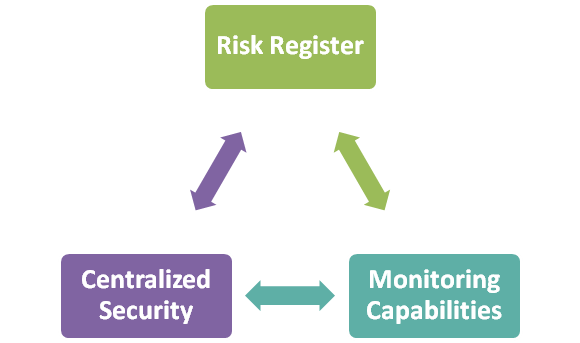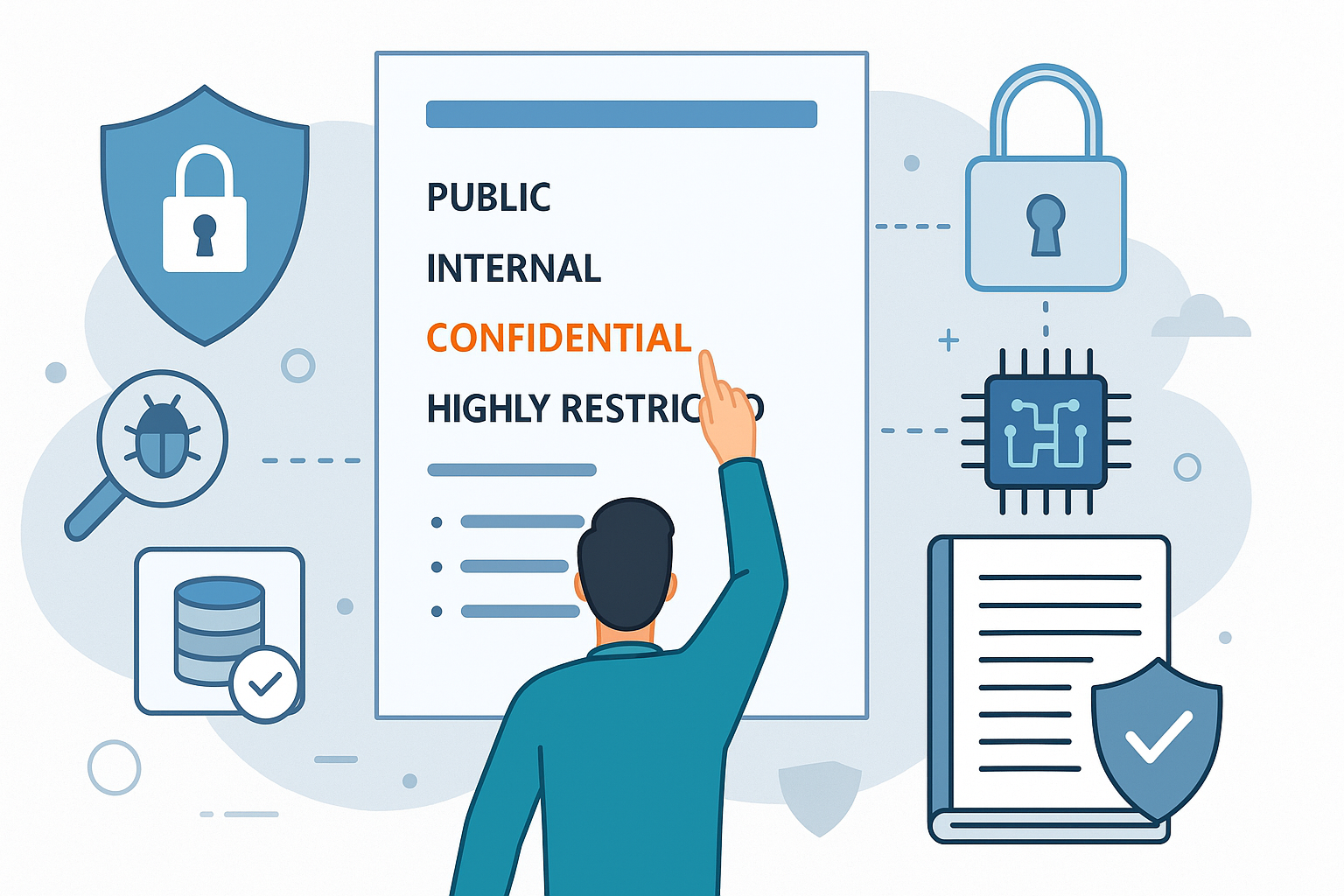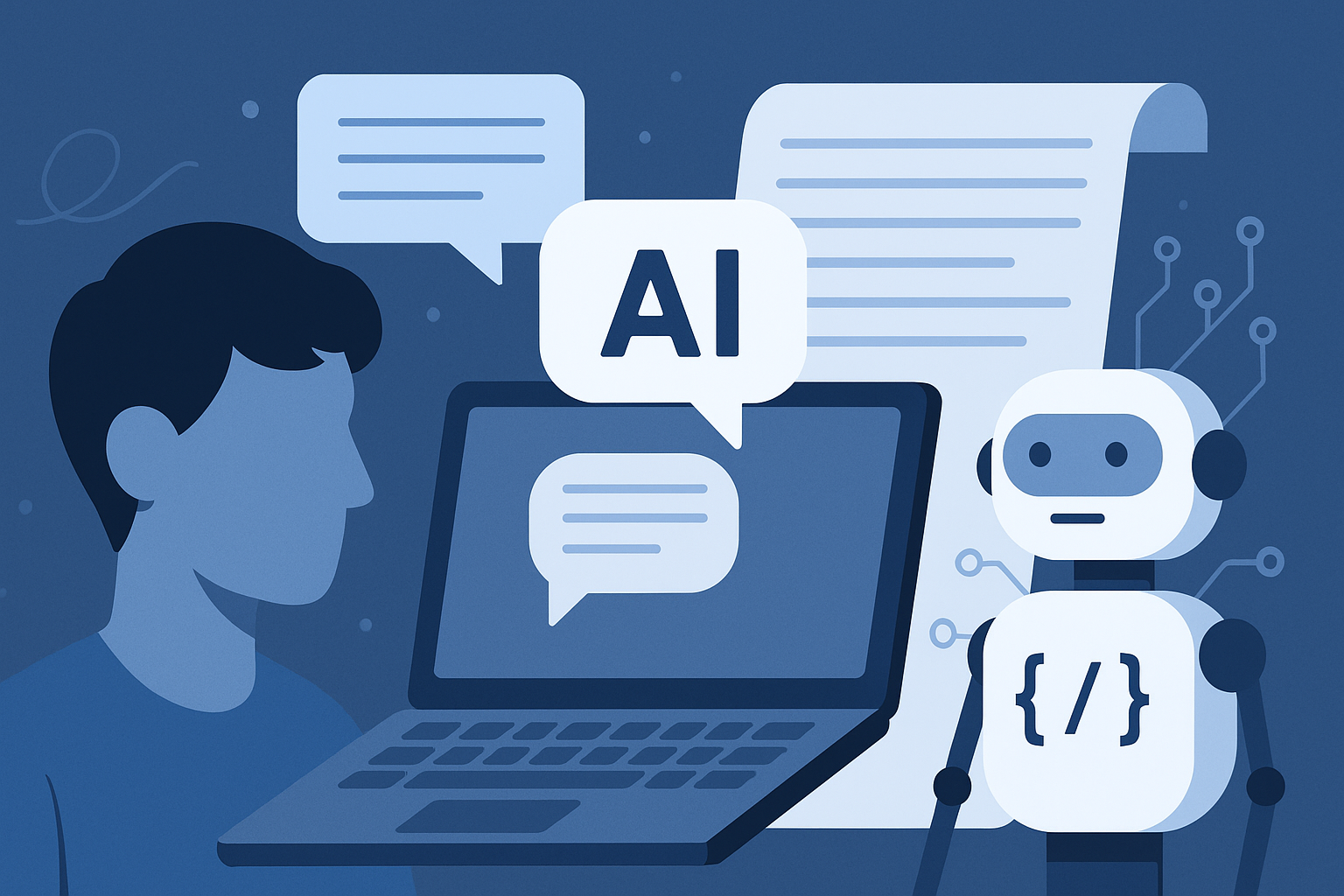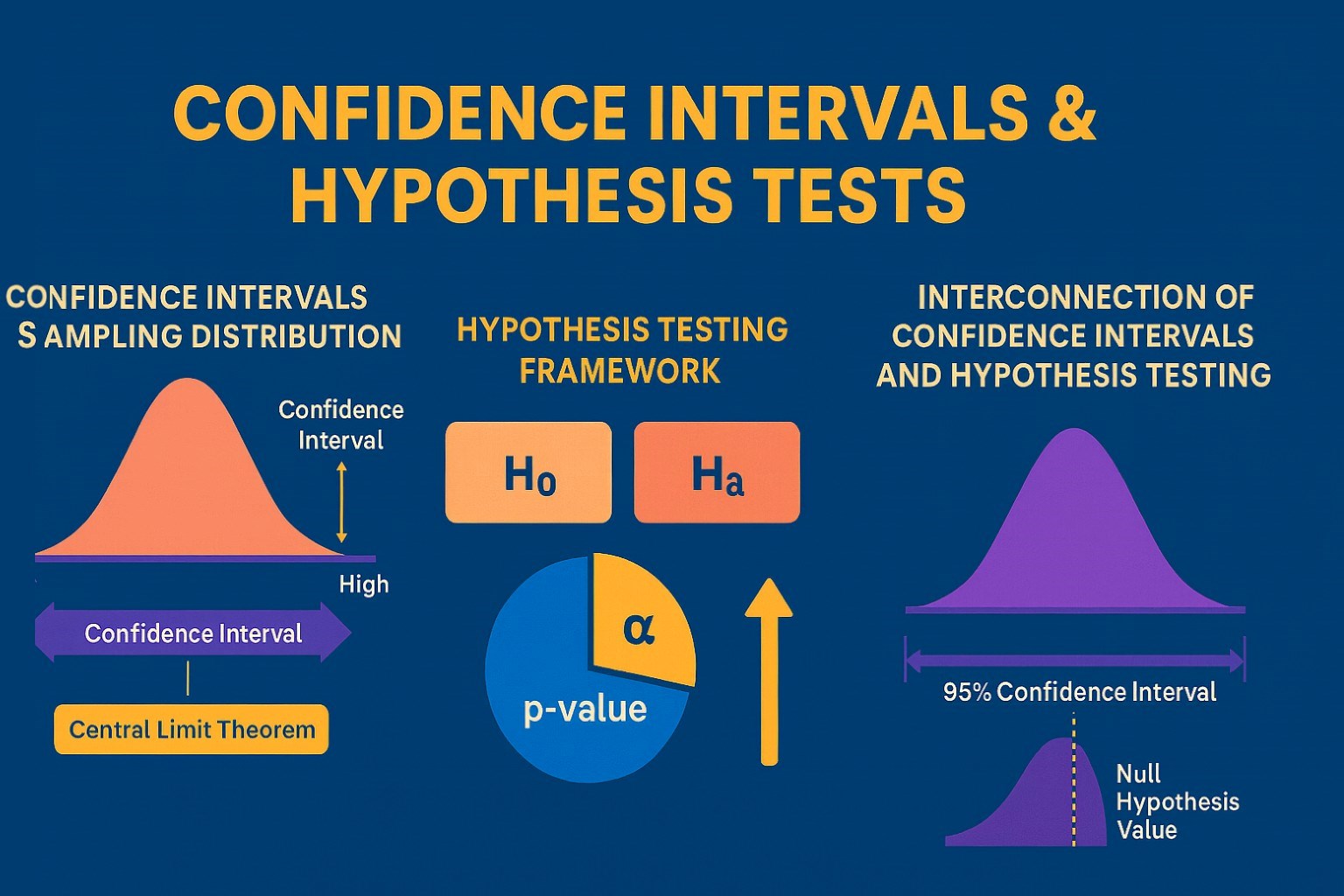A Glance at the Basics and Benefits of SOA
SOA means Service-Oriented Architecture. SOA happens to be an evolution of distributed computing depending on request/reply design paradigm for both synchronous & asynchronous applications. The individual functions or business logic of an application are modularized as well as provided as services for client/consumer applications. The key to these services seems to be their loosely coupled nature; in other words, the service interface tends to be independent of the implementation.
System integrators or application developers can create applications by means of composing one/more services even without knowing the underlying implementations of the services. For instance, it is possible to implement a service either in J2EE or .Net; besides, the application that is consuming the service is capable of being on a totally different language or platform.
Key characteristics of service-oriented architectures
- SOA services are likely to have self-describing interfaces when it comes to platform-independent XML documents. WSDL or Web Services Description Language is the standard that is used to explain the services.
- These services communicate using messages that are formally defined through XML Schema (also known as XSD). Communication among providers or services and consumers generally happens in a heterogeneous environment with either little or no knowledge of the provider. The messages between services could be seen as principal business documents which are processed in an enterprise.
- Well, SOA services are typically maintained in the enterprise in a registry which serves as a directory listing. Moreover, it is possible for applications to look up the SOA services in the registry & invoke the service. UDDI or Universal Description, Definition, & Integration is the standard utilized for service registry.
- Every SOA services possess a QoS or quality of service linked with it. a few of the major QoS elements appear to be security requirements like authorization and authentication, reliable messaging & policies with regards to who exactly can invoke services.
Why SOA?
Infrastructure, in case of IT companies, is heterogeneous across applications, operating systems, application infrastructure and system software. A few existing applications are generally used to run existing business processes; hence, starting from scratch in order to build a new infrastructure certainly isn't an option. Well, enterprises must respond to business changes pretty quickly with agility; leverage the current investments in both applications & application infrastructure so as to deal with newer business needs; support the new interaction channels with partners, customers, and suppliers; and sport an architecture which supports organic business.

With its loosely-coupled nature, SOA enables enterprises to plug in a range of new services or rather upgrade the current services in granular fashion in order to tackle new business needs, offer options to make the services consumable across varied channels, and expose the current enterprise & legacy applications as services, eventually protecting the investments of the existing IT infrastructure.
SOA Infrastructure
To effectively run & manage SOA applications, an SOA infrastructure which is part of SOA platform is required by enterprises. Moreover, an SOA infrastructure should support all relevant standards & much needed runtime containers.
J2EE and .Net
Java JEE &.Net platforms happen to be the leading development platforms when it comes to SOA applications; however, SOA, by any means, is not restricted to these platforms.
Java JEE SOA provides framework for developers for naturally participating in the SOA as well as by their inherent nature, offers a mature & proven infrastructure for reliability, scalability, performance and availability to the SOA world.
What are the benefits of SOA?
SOA concept is basically not new; however, SOA differs from the current distributed technologies in the fact that a majority of the vendors accept it as well as have a platform or application suite which enables SOA. With an omnipresent set of standards, SOA brings much better reusability of the current investments or assets in the enterprise. It also allows you to create applications which can be built over existing and new applications.
SOA facilitates changes to applications at the same time keeping service consumers or clients isolated from the evolutionary changes which take place in service implementation. SOA enables upgradation of individual services or services to consumers. On the whole, SOA offers enterprises with better flexibility when building applications & business processes responsively by leveraging current application infrastructure so as to compose new services.
Take the next step towards your professional goals in Java JEE SOA
Don't hesitate to talk with our course advisor right now
Receive a call
Contact NowMake a call
+1-732-338-7323Latest blogs on technology to explore

From Student to AI Pro: What Does Prompt Engineering Entail and How Do You Start?
Explore the growing field of prompt engineering, a vital skill for AI enthusiasts. Learn how to craft optimized prompts for tools like ChatGPT and Gemini, and discover the career opportunities and skills needed to succeed in this fast-evolving indust

How Security Classification Guides Strengthen Data Protection in Modern Cybersecurity
A Security Classification Guide (SCG) defines data protection standards, ensuring sensitive information is handled securely across all levels. By outlining confidentiality, access controls, and declassification procedures, SCGs strengthen cybersecuri

Artificial Intelligence – A Growing Field of Study for Modern Learners
Artificial Intelligence is becoming a top study choice due to high job demand and future scope. This blog explains key subjects, career opportunities, and a simple AI study roadmap to help beginners start learning and build a strong career in the AI

Java in 2026: Why This ‘Old’ Language Is Still Your Golden Ticket to a Tech Career (And Where to Learn It!
Think Java is old news? Think again! 90% of Fortune 500 companies (yes, including Google, Amazon, and Netflix) run on Java (Oracle, 2025). From Android apps to banking systems, Java is the backbone of tech—and Sulekha IT Services is your fast track t

From Student to AI Pro: What Does Prompt Engineering Entail and How Do You Start?
Learn what prompt engineering is, why it matters, and how students and professionals can start mastering AI tools like ChatGPT, Gemini, and Copilot.

Cyber Security in 2025: The Golden Ticket to a Future-Proof Career
Cyber security jobs are growing 35% faster than any other tech field (U.S. Bureau of Labor Statistics, 2024)—and the average salary is $100,000+ per year! In a world where data breaches cost businesses $4.45 million on average (IBM, 2024), cyber secu

SAP SD in 2025: Your Ticket to a High-Flying IT Career
In the fast-paced world of IT and enterprise software, SAP SD (Sales and Distribution) is the secret sauce that keeps businesses running smoothly. Whether it’s managing customer orders, pricing, shipping, or billing, SAP SD is the backbone of sales o

SAP FICO in 2025: Salary, Jobs & How to Get Certified
AP FICO professionals earn $90,000–$130,000/year in the USA and Canada—and demand is skyrocketing! If you’re eyeing a future-proof IT career, SAP FICO (Financial Accounting & Controlling) is your golden ticket. But where do you start? Sulekha IT Serv

Train Like an AI Engineer: The Smartest Career Move You’ll Make This Year!
Why AI Engineering Is the Hottest Skillset Right Now From self-driving cars to chatbots that sound eerily human, Artificial Intelligence is no longer science fiction — it’s the backbone of modern tech. And guess what? Companies across the USA and Can

Confidence Intervals & Hypothesis Tests: The Data Science Path to Generalization
Learn how confidence intervals and hypothesis tests turn sample data into reliable population insights in data science. Understand CLT, p-values, and significance to generalize results, quantify uncertainty, and make evidence-based decisions.